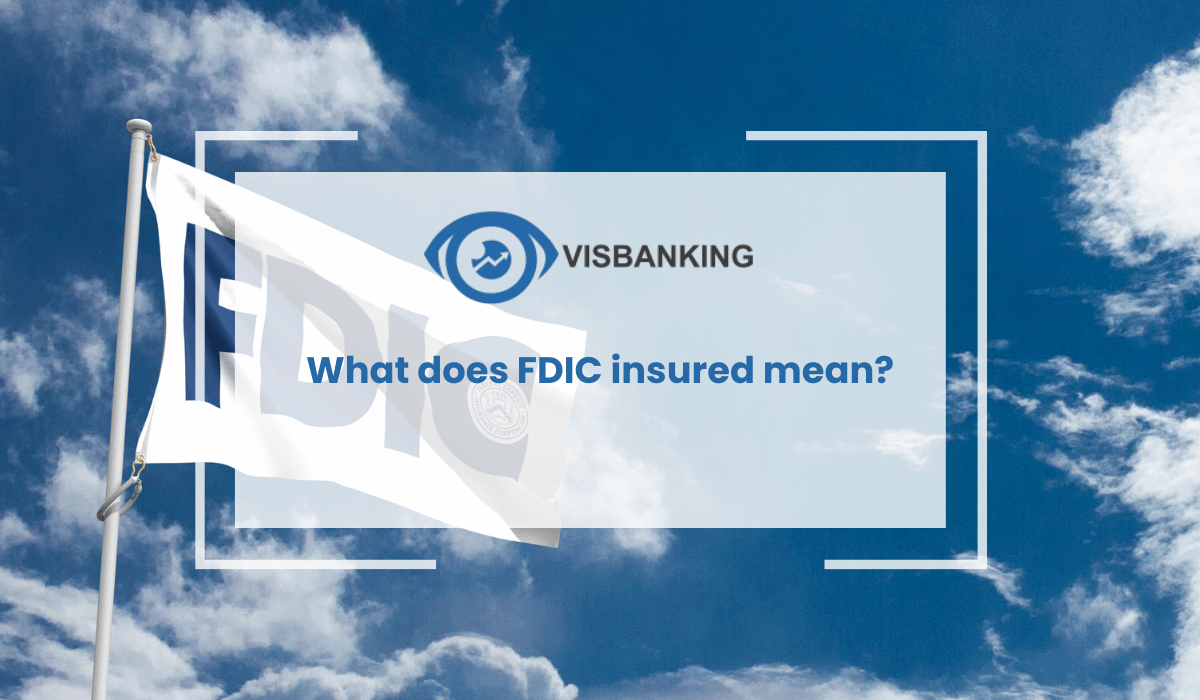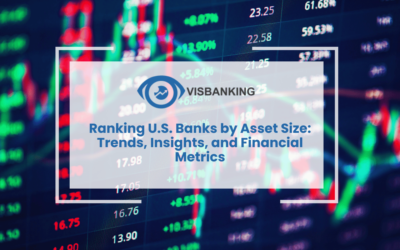Table of Contents
- Understanding FDIC Insurance: What It Means for Your Money
- How to Determine if Your Bank is FDIC Insured
- Exploring Which Banks Are Covered by FDIC Insurance
- Are All Banks Protected by FDIC Insurance?
- Decoding the FDIC Insurance Limit: What it Means for Your Savings
- What Happens to Your Money if Your Bank Fails? A Look at FDIC Coverage
- Identifying Banks That Are Not FDIC Insured
- Joint Accounts and FDIC Insurance: Ensuring Coverage Up to $500,000
- The Purpose and Importance of FDIC Insurance in the Banking Industry
“`
Understanding FDIC Insurance: What It Means for Your Money
The Federal Deposit Insurance Corporation (FDIC) is a critical safety net in the banking sector, formed in 1933 to restore trust in the American banking system. FDIC insurance safeguards depositors’ money in member banks, providing peace of mind and financial stability. When a bank fails, the FDIC steps in to protect depositors by covering their accounts up to a certain limit. This insurance is crucial for maintaining public confidence, as it reassures individuals and businesses that their hard-earned money is secured, even in turbulent financial times.
How to Determine if Your Bank is FDIC Insured
Finding out if your bank is FDIC insured is straightforward. You can verify a bank’s insurance status by visiting the FDIC’s BankFind tool, where you can search by the name of the institution and its location. Alternatively, banks usually disclose their FDIC membership on their websites, marketing materials, or in branch locations. Ensuring your bank’s FDIC insurance status is essential, especially when assessing the security of your financial accounts.
Exploring Which Banks Are Covered by FDIC Insurance
FDIC insurance primarily covers commercial banks and savings institutions within the United States. These banks undergo rigorous assessments to qualify for insurance coverage, ensuring they meet specific guidelines and regulations. It is important to note that FDIC insurance only covers deposit accounts, such as savings, checking, and money market accounts, along with certificates of deposit (CDs). Investment products like stocks, bonds, mutual funds, and life insurance policies are not covered by FDIC insurance.
Are All Banks Protected by FDIC Insurance?
Not all financial institutions are protected by FDIC insurance. Some banks, particularly online or foreign-based ones, may not carry FDIC insurance. Additionally, credit unions are insured by the National Credit Union Administration (NCUA), not the FDIC. It’s imperative for consumers to verify the insurance status of their financial institution to ensure their deposits are safeguarded.
Decoding the FDIC Insurance Limit: What it Means for Your Savings
The standard FDIC insurance limit is $250,000 per depositor, per insured bank, for each account ownership category. This limit plays a critical role in the diversification of deposit accounts among different banks to ensure full coverage. By understanding and adhering to these limits, depositors can make informed decisions to maximize their protected savings and avoid potential losses in case of a bank’s failure.
What Happens to Your Money if Your Bank Fails? A Look at FDIC Coverage
If your FDIC-insured bank fails, the FDIC acts swiftly to ensure that your deposits are protected. In most cases, the FDIC will transfer insured deposits to another FDIC-insured institution or issue a check to depositors for the insured amount. This quick action minimizes disruption to depositors and reinforces trust in the banking system. However, deposits exceeding the insurance limit may not be fully recoverable, highlighting the importance of keeping balances within insured limits.
Identifying Banks That Are Not FDIC Insured
Banks operating without FDIC insurance are often overseas, specialized, or of non-traditional format. Consumers can use resources like the Visbanking Bank Call Reports to investigate a bank’s insurance status and analyze financial soundness. Understanding which banks are not covered is vital for ensuring that your deposits are secure in a turbulent financial environment.
Joint Accounts and FDIC Insurance: Ensuring Coverage Up to $500,000
Joint accounts provide a mechanism for depositors to increase their FDIC insurance coverage. Each co-owner of a joint account is insured up to $250,000, resulting in a total coverage of $500,000 for two co-owners. This uses fully separate coverage from individual accounts, making joint accounts an effective strategy for asset protection. Understanding the nuances of joint account insurance helps families and partners make secure financial decisions.
The Purpose and Importance of FDIC Insurance in the Banking Industry
FDIC insurance serves multiple purposes in the banking industry, primarily fostering stability and trust. By guaranteeing depositors’ funds, it prevents bank runs and boosts confidence during financial uncertainties. The existence of the FDIC also establishes a regulatory standard for banks, enhancing overall soundness and accountability in the financial system. In essence, FDIC insurance is a cornerstone of the modern banking landscape, protecting both individuals and the broader economy.
Frequently Asked Questions About FDIC Insurance
What is FDIC Insurance and why is it important?
FDIC Insurance is a federal guarantee for depositors, covering their deposits in member banks up to a certain limit. It is crucial because it maintains public confidence and financial stability by ensuring that depositors’ money is safeguarded in the event of a bank failure.
How can I check if my bank is FDIC insured?
You can verify your bank’s FDIC insurance status by using the FDIC’s BankFind tool. Many banks also indicate their FDIC membership on their websites, marketing materials, or in branch locations, making it easy for consumers to confirm their bank’s insurance coverage.
Are all types of accounts covered under FDIC Insurance?
No, FDIC insurance only covers deposit accounts, including savings, checking, money market accounts, and certificates of deposit (CDs). Investment products such as stocks, bonds, mutual funds, and life insurance policies are not covered.
What is the limit of FDIC coverage on my deposits?
The standard FDIC insurance limit is $250,000 per depositor, per insured bank, for each account ownership category. This means each depositor in an insured bank is covered up to this limit, which is critical for depositors to consider when diversifying their accounts.
What should I do if my bank is not FDIC insured?
If your bank is not FDIC insured, it’s essential to investigate other banks that are covered to ensure the safety of your deposits. You can use tools like the Visbanking Bank Call Reports to assess a bank’s financial stability and insurance status.




